There are several types of A+B products that are used in woodworking to obtain different objects: varnishes, adhesives, glues. They are two-component products that react when mixed to form a third product, different in properties from the first two. In the case of finishing products, the reaction between components A and B leads to the formation of a film on the wood. The two components must be mixed in a certain proportion, indicated by the manufacturer, for the resulting film to reach the desired parameters. What happens if the amount of hardener added is accidentally higher?
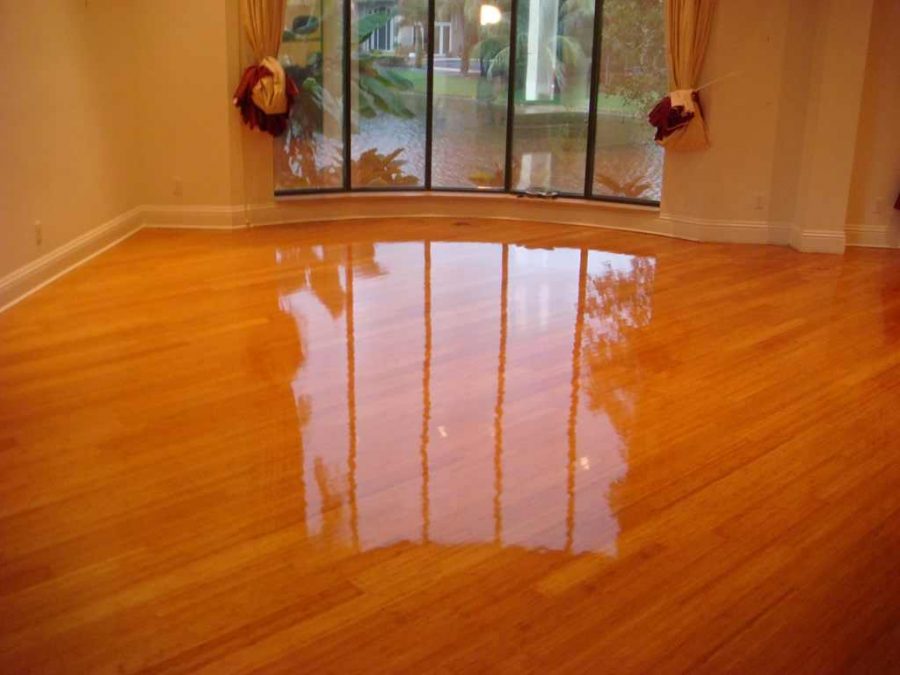
How components A and B react
Being a chemical reaction, the proportion between the two parts is well studied and determined to achieve a well-dried and resistant film. The proportion must be chosen so that the two components react with each other and practically consume each other. When mixed, the molecules react by bonding together to form a new product, a polymer, with very good surface properties. This new product is the film formed.
What happens if the ratio between the two components is not respected? A quantity of one of the parts will not react, it will remain freewhich will influence the properties of the resulting film. If the differences are small - e.g. 52-55% instead of 50% - the consequences are virtually insurmountable. The manufacturers provide a margin of safety because the products are used under factory conditions, not in laboratories with high-precision measuring systems. Problems arise, however, when the differences increase.
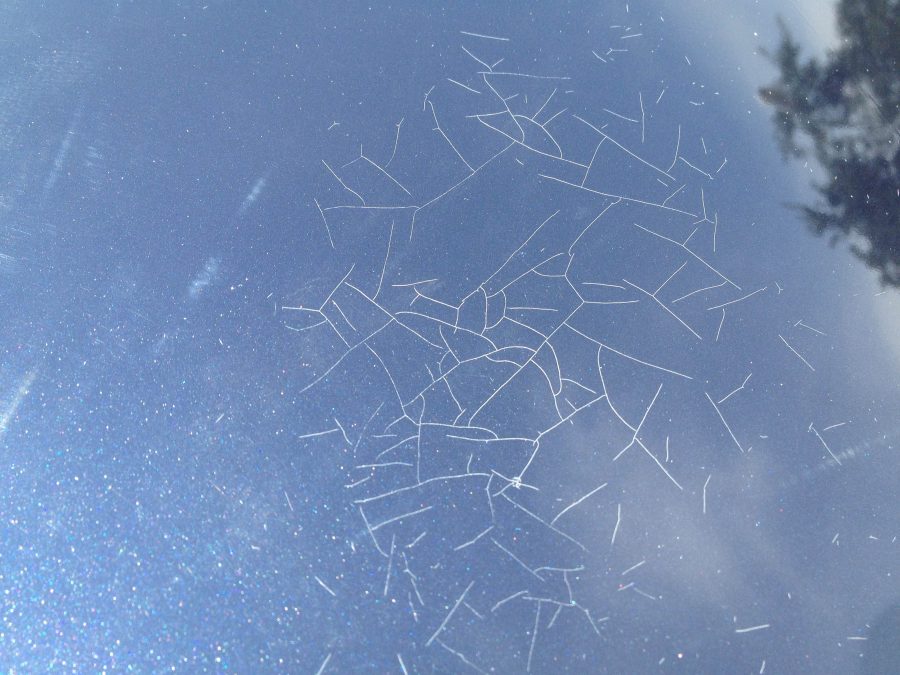
What happens when you get the proportions wrong
If there is too much hardener (catalyst) in the mixture, the film can become brittle. What is the explanation? The catalyst, in contact with water, hardens instantly, forming a brittle solid. As it is not neutralized the reaction with the other component, the excess remains free in the film and comes into contact with the moisture in the atmosphere, becoming brittle. The unreacted amount is spread randomly, so that brittle spots appear in different places, compromising the whole film.
If, on the contrary, the lake is in excess, the unresponsive party remains soft and will transfer this property to the film in which it is embedded. The film becomes spongy, soft, without mechanical and chemical resistance, i.e. without precisely those properties for which a catalyst varnish, such as polyurethane, is chosen.
What happens if no catalyst (component B) is added at all? Remains soft and sticky. If the catalyst is applied on top, the whole film will crack. The applied layer must be removed completely and the process restarted with the correctly made mixture. Removal is done with thinner or a suitable paint stripper.
There are also products that, even if no catalyst is added, still harden. They usually have a low catalyst percentage of 10-20%. In this case the catalyst is added to increase certain properties of the film (mechanical strength, chemical resistance) and/or reduce its drying time. Drying will take place even if no hardener is added, but it will take longer until the film is dry enough for the object to be used.
To avoid such problems, the recommendation is to carefully read the instructions on the data sheets (in the case of industrial products) or on the label before starting to work with them. The mixing ratio is always listed on the packaging of the main product (primer, varnish, insulator).
I hope you find the above information useful. As usual, additions are welcome. And if you have any questions or queries, please leave them in the space below. I'm sure I'll reply.

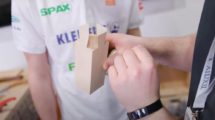




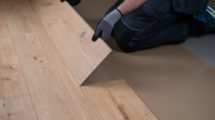











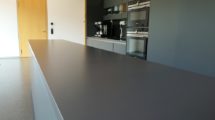











hello, I have a question - if I don't put in a good percentage of hardener, I mean less, will the lake dry out in time?and how much?thank you
Hello.
The 2 components will react more slowly and cross-linking will be reduced, resulting in a softer film. The curing time depends on the type of varnish and how much hardener has been applied. The percentage of hardener also depends on how soft the film will be.
If no hardener is applied, the film remains sticky.
All the best!
Thanks for the lesson you teach us this time too!!!
Thank you too for your appreciation and for following us.
Good evening. If the film is soft, can you apply an appropriate coating over it? What can happen? (E.g. Over the raw wood I applied primer and a coat of varnish...without hardener. The layer is sticky - 5 days after application. If I apply a new coat of varnish - sadolin terrace - can I get rid of the sticky layer by using thinner?) thanks!
Good evening!
Unfortunately, it can't! If you apply another coat of varnish with hardener on top of the one without, it will more than likely crack. Lacquer without hardener must be removed with thinner. If it is soft, try to remove it first with a squeegee. Then wipe the surface with a cloth with thinner and check that the surface is no longer soft and sticky. Afterwards sand lightly and apply lacquer with hardener.
Good luck!
What is the percentage of hardener to put in the lake
Hello!
It depends on the varnish and there may be several percentages of mixture. That's why on the product label or technical data sheet the hardener and the percentage that can be added is mentioned. For example, water-based varnishes are generally catalyzed 5-10%, solvent-based acrylic varnishes, 10-25%, polyurethane varnishes, 50-100%.
A variation of up to 3% does not influence drying very much, but large differences can make the lake too soft (too little hardener) or brittle (too much hardener).
All the best!
Hi! Thank you for your advice .... it helped me a lot.
Thanks to us too! We are happy to be of service.